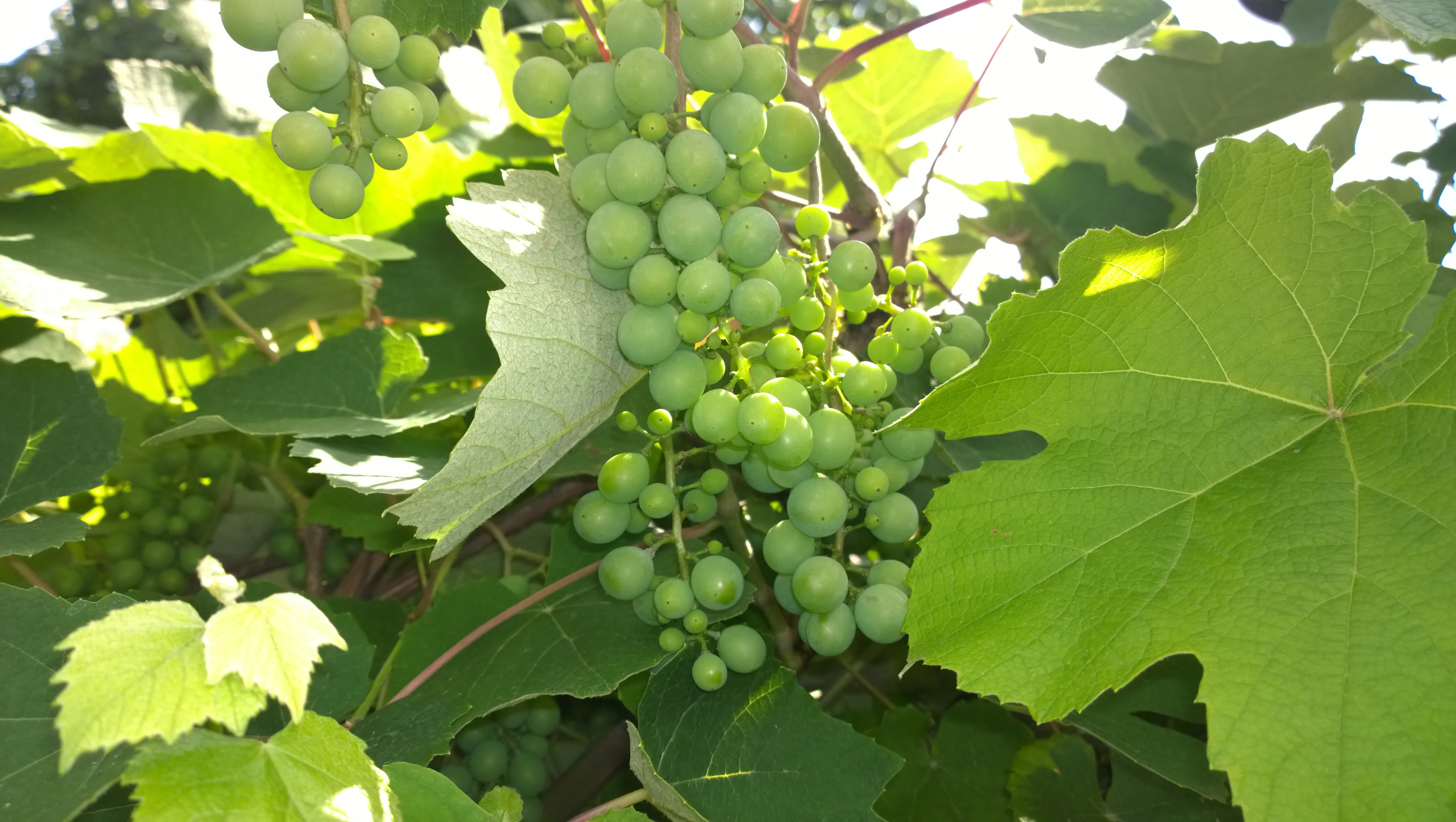

Happy, healthy grapefruit trees produce an abundant harvest of fruit. Grapefruits grow in clusters on their branches and are round and heavy in appearance. Ripeness is indicated by a change of color from white or green to yellow or orange. They have an exceptionally long gestation period, and fruit will only ripen after eight months in some zones and up to 14 months in others. They are brightly hued in tones of yellow-orange or orange-pink, and the fruit’s flesh is edible. The fruits of these trees are quite big, generally between 4 to 6 inches (10 to 15 centimeters) in diameter. Their leaves are shiny and hairless, and they produce clusters of small white five-petaled flowers before fruiting. They are large, with mature trees reaching heights of up to 20 feet tall (6 meters), and they can be identified by their dense mid-to-dark green foliage. Grapefruit trees are breath-taking, which is another reason why hobbyists love them so much.

Today, it is popular all over North America and the world at large. In 1923, the grapefruit tree was introduced to Florida by Odet Phillipe. It is speculated that he chose this name because of the grape-like taste of the fruit or because of how the fruit grows in bunches in a manner visually similar to grapes. In 1814, John Lunan coined the term “grapefruit” to describe a similar plant he came across in Jamaica. It is unknown whether the fruit he was describing is the grapefruit we know today, but it is clear that it must have at least been closely related. He referred to it as a “forbidden fruit tree” and described its fruit as being larger than oranges (but bearing similar flowers) with a delicate taste. The first known record of the grapefruit was written in Griffith Hughes’ 1750 text, The Natural History of Barbados. Both of these plants had been introduced to Caribbean islands by the late 1600s, and crossbreeding likely happened sometime after that. Grapefruit trees ( citrus x paradisi) are thought to have originated in Barbados due to an accidental hybridization of a sweet orange tree and a pomelo tree.
GRAPE TREES HOW TO
If you’re interested in knowing how to grow a grapefruit tree in your own backyard, then keep reading! The History of the Grapefruit Tree Their fruit, which is bitter with a sweet tang, varies in color from yellow to orange with tones of pink and contains edible, segmented fruit flesh that can be eaten and prepared in dozens of ways. Grapefruit trees are evergreen, subtropical citrus plants that fare best in consistently warm weather. When you know how to grow a grapefruit tree in your home garden, the reward is enjoying fresh, ripe grapefruits year after year. Hobby growers the world over love this unique fruit tree for its large, tart-but-sweet fruit and big, waxy dark green leaves. While grapefruit trees are not necessarily the easiest fruit trees to grow, they can be incredibly rewarding when planted and cared for in ideal conditions.


 0 kommentar(er)
0 kommentar(er)
